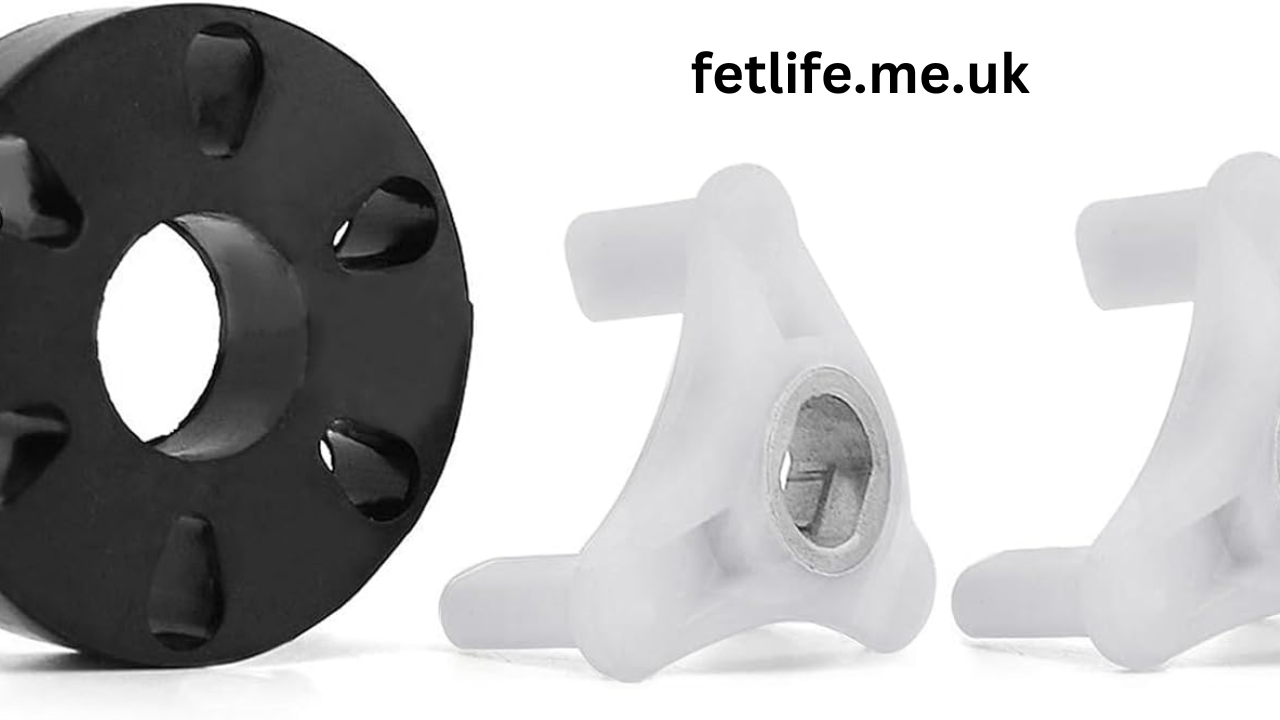Whips have been used for centuries in various cultures around the world, serving purposes ranging from herding animals to signaling authority. One of the most iconic elements of the whip is the sharp, cracking sound it produces when it’s used. This unique sound has fascinated people for generations, from its cultural significance to the physics that make it possible. In this article, we will explore the origins of the whip, the mechanics behind the whip sound, its place in pop culture, and how it impacts our auditory experiences.
1. Historical Significance of whip sound
Whips date back thousands of years and have played a significant role in human history. The earliest recorded use of whips appears in ancient Mesopotamia, around 2,000 BCE, where they were primarily used for herding animals and as instruments of control. Over time, their use spread across different cultures, including Ancient Egypt, India, and China, evolving both in form and function.
In the context of animal husbandry, whips became essential for managing livestock, particularly cattle and horses. The whip’s loud crack would act as a non-lethal deterrent, ensuring animals followed commands without causing serious harm. Similarly, in the military, whips served as tools of discipline and were sometimes used to assert authority.
Additionally, whip sound found their way into ceremonial contexts. In ancient cultures, they were often used in religious rituals to symbolize power, strength, and sometimes punishment.
The appearance of the whip in popular culture, particularly in Westerns and adventure tales, brought the sound of the whip to a global stage. Famous figures like Indiana Jones popularized the image of the whip-wielding hero, forever linking the sharp crack of a whip to action and suspense.
2. The Mechanics Behind the Crack
The sound, often referred to as the “crack,” is one of the most distinctive and interesting sounds in the world of acoustics. But what exactly causes it? The sound is produced when the whip is cracked, and the end of the whip – the “popper” – moves faster than the speed of sound. This creates a small sonic boom, also known as a “shockwave.”
To understand how this happens, it’s important to consider the dynamics of a whip’s movement. When a whip is cracked, it is typically swung with a rapid motion that starts at the handle. As the motion travels down the length of the whip, the whip becomes increasingly narrower. This reduction in width forces the energy of the whip to concentrate at the tip, making it move faster and faster.
When the tip of the whip reaches supersonic speeds (faster than the speed of sound, roughly 343 meters per second or 1235 km/h at sea level), it creates a shockwave. This shockwave is what causes the sharp “crack” sound. The speed required to produce this sonic boom is the key factor that gives the whip its distinctive auditory signature. This phenomenon is similar to the sound of a bullet breaking the sound barrier.
3. The Physics of a whip sound
To break down the science further, the whip operates on principles of acceleration and energy transfer. When you crack a whip, you’re transferring kinetic energy from your hand to the handle, then down through the flexible segments of the whip, which are usually made of braided leather, nylon, or other flexible materials. The whip’s tapering shape accelerates the motion, culminating in a rapid, high-speed flick of the tip.
At the tip, which is the most flexible and lightest part of the whip, the speed of the whip reaches its maximum. As mentioned earlier, once the tip exceeds the speed of sound, a small shockwave forms, resulting in the sharp “crack.”
It’s important to note that the whip’s cracking sound is not just caused by the tip breaking the sound barrier. The entire motion of the whip – including the fluidity of the movements and the flexibility of the whip material – contributes to the sharpness and resonance of the sound. The combination of energy transfer, speed, and flexibility creates the whip’s signature sound.
Previous article; The Ultimate Guide to Resin washed stone Benefits, Applications, and Maintenance
4. Cultural Significance of the Sound
The cracking sound of a whip has had an indelible impact on various cultures and has come to symbolize power, discipline, and mastery. In some cultures, the crack of the whip is associated with authority, particularly in military or leadership settings. The sound is a tool for maintaining control, making a statement, or even intimidating an adversary.
In Western films and literature, the whip sound has come to be linked to action heroes and adventurers. Perhaps one of the most iconic uses of the whip in popular culture is in the Indiana Jones films, where the hero’s whip is not only an effective tool for navigating treacherous terrain but also a symbol of his courage and resourcefulness. The sharp crack of his whip is synonymous with his quick thinking and ability to outwit opponents, often in the face of danger.
In addition to action-adventure, the sound has also been used in music, sound effects, and theater. In these contexts, it often evokes excitement or anticipation. The whip’s association with high tension, speed, and suddenness makes it a perfect auditory cue in these settings.
In some rituals, the sound of a whip may signify the end of an event or a turning point. For example, in some traditional forms of dance or combat, the sound of the whip marks a climactic moment in a performance.
5. The Psychology of the Whip Sound
The sharp, sudden sound of a whip has a unique psychological effect on listeners. The cracking sound is so distinct that it immediately grabs attention, often inducing a sense of alertness or even anxiety. This is due to the sharpness and suddenness of the noise, which is part of the brain’s natural reaction to loud, high-frequency sounds.
Humans have evolved to be sensitive to sharp, unexpected noises because they could indicate danger. The sound mimics this type of auditory signal, which is why it triggers a heightened awareness response. This is particularly effective in cinematic or theatrical uses, where a whip crack can suddenly punctuate a quiet or tense moment.
Moreover, the sound of a whip can evoke different emotions depending on the context. In action films, the sound can represent empowerment, while in certain rituals, it may represent punishment or dominance. In both cases, the sound serves as a powerful tool for storytelling.
6. Sound in Modern Media
In modern media, the whip sound continues to hold cultural and emotional significance. In films, television, and even video games, the sound is often used to punctuate a moment of action or to highlight a character’s skill. One of the best examples is in the Indiana Jones franchise, where the whip is almost as much of a character as the man wielding it.
The sound is also frequently used in action sequences in contemporary films, especially in scenes that involve fast movements or tight escapes. Whether it’s a swashbuckling adventure or a modern spy thriller, the whip’s sharp crack is synonymous with danger, speed, and skill.
Additionally, the whip has found its place in music as well. In the world of percussion, the sound has been used as a tool to create rhythmic patterns or to add dramatic flair to a musical composition. This usage stretches back to early percussionists who would incorporate whip cracks into compositions to evoke tension or excitement.
7. Whip Sounds in Popular Culture and Folklore
The whip has been so ingrained in global culture that it appears in various forms in folklore and myth. In some stories, the cracking sound of a whip is linked to gods, spirits, or mythical creatures who use the sound to demonstrate their power or to control elements.
For instance, in many Native American myths, the sound of a whip is associated with thunder and lightning, where the whip represents the sky god’s power to control storms. Similarly, in medieval European folklore, the cracking of a whip was sometimes believed to summon or banish evil spirits. The whip became a symbol of divine power that could protect or punish.
Across various cultures, the whip’s loud and intimidating sound made it an ideal tool in storytelling, embodying the dramatic tension of a particular narrative. This continues in modern works, where the whip remains a device of tension and authority.
8. The Whip in Contemporary Society
Despite being largely replaced by more modern tools, the whip still holds a special place in modern-day society. Sound competitions, for example, have become a popular sport in some areas, especially in countries like Australia and the United States. In these competitions, participants showcase their skills in both precision and speed, attempting to produce the loudest and most accurate whip cracks.
Additionally, many professional whip artists continue to perform and innovate in their craft, showcasing their ability to create complex patterns and sounds. These individuals often use whips in both live performances and film productions, contributing to the continued fascination with the sound.
9. Conclusion
The whip sound has fascinated humanity for centuries. From its origins as a tool for controlling animals and signaling authority to its place in modern films, music, and culture, the whip’s sharp crack remains a powerful auditory signal. Its scientific mechanics – involving acceleration, energy transfer, and the breaking of the sound barrier – provide a captivating insight into the world of physics. Psychologically, the sound continues to trigger alertness and attention, making it a crucial element in entertainment and storytelling.
The whip’s impact extends beyond its function as a tool; it embodies power, mastery, and control, leaving a lasting impression on those who hear its crack. Whether it’s heard on the silver screen, in folklore, or in the rhythms of percussion, the sound of the whip will continue to resonate in the collective consciousness for years to come.










